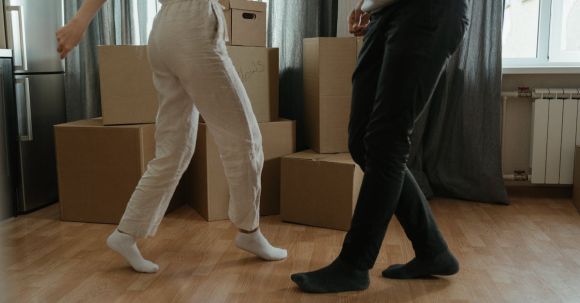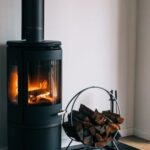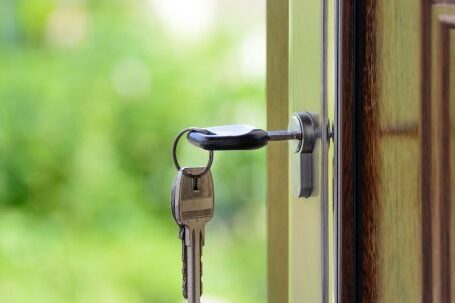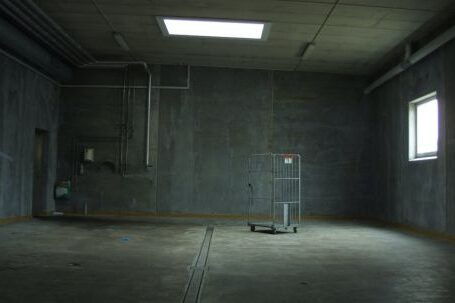When purchasing a new property, it is essential to have a thorough inspection conducted to ensure that you are making a sound investment. A property inspection provides an opportunity to identify any existing or potential issues with the property that may affect its value, safety, or livability. To make the most out of your property inspection, here are some key things to look for:
Structural Integrity
One of the most important aspects to assess during a property inspection is the structural integrity of the building. This includes examining the foundation, walls, floors, and roof for any signs of damage or deterioration. Look for cracks in the walls or ceilings, sagging floors, or any other indications of structural issues. These problems can be costly to repair and may even pose safety risks, so it is crucial to identify them early on.
Electrical and Plumbing Systems
The electrical and plumbing systems in a property are critical for its functionality and safety. During the inspection, check the condition of the electrical wiring, outlets, and switches. Look for any signs of outdated or faulty wiring, such as flickering lights or frequently tripped circuit breakers. Similarly, assess the plumbing system for leaks, water pressure, and drainage issues. Faulty electrical or plumbing systems can lead to fire hazards or water damage, so it is important to address any concerns before finalizing a purchase.
Roof and Exterior
The roof and exterior of a property are exposed to the elements and can be susceptible to damage over time. Inspect the roof for missing or damaged shingles, signs of leakage, or any visible wear and tear. Additionally, assess the condition of the gutters, downspouts, and exterior walls. Look for cracks, rot, or mold growth, as these can indicate underlying issues that may require immediate attention. A well-maintained roof and exterior not only protect the property but also contribute to its overall aesthetic appeal.
HVAC Systems
Heating, ventilation, and air conditioning (HVAC) systems play a crucial role in maintaining a comfortable living environment. During the inspection, check the condition of the HVAC system, including the furnace, air conditioner, and ductwork. Look for any signs of malfunction, such as strange noises, inadequate heating or cooling, or excessive energy consumption. A properly functioning HVAC system ensures optimal comfort and energy efficiency in the property.
Pest and Mold Infestations
Pest and mold infestations can cause significant damage to a property and pose health risks to its occupants. Inspect the property for signs of pests, such as droppings, nests, or chewed wires. Additionally, look for any visible mold growth or musty odors. These issues can be indicators of underlying problems, such as poor ventilation or water damage. It is important to address pest and mold infestations promptly to prevent further damage and maintain a healthy living environment.
Conclusion
A property inspection is a crucial step in the home buying process. By thoroughly assessing the structural integrity, electrical and plumbing systems, roof and exterior, HVAC systems, and potential pest and mold infestations, you can make an informed decision about the property and negotiate repairs or adjustments as needed. Remember, a comprehensive inspection can save you from unexpected expenses and ensure that your investment is sound. So, before signing on the dotted line, make sure you know what to look for in a property inspection.





